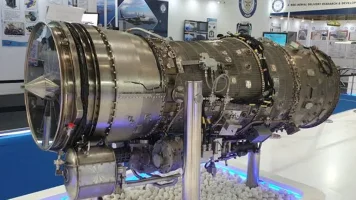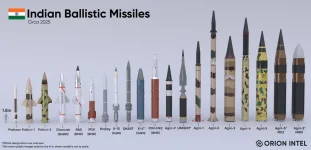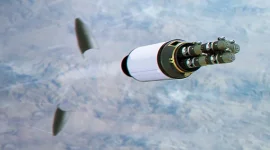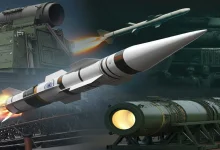- Views: 643
- Replies: 6

India's successful test of the Agni-5 Multiple Independently Targetable Re-entry Vehicle (MIRV) is a significant technological leap that places the nation among a select group with advanced nuclear capabilities, says Dr. V.K. Saraswat, former Director General of the Defence Research and Development Organization (DRDO).
The test, he emphasizes, significantly alters India's strategic standing in Southeast Asia.
Dr. Saraswat describes the Agni-5 MIRV test as a potential game-changer for India's defence posture. By maximizing the efficiency of its missile systems, India achieves a greater power of annihilation with fewer launches, optimizing its deterrent capabilities. Saraswat refers to this as a "force multiplier," underscoring that MIRV technology allows for a reduced number of launches to achieve the same objectives.
The Agni-5 MIRV system marks a key evolution in nuclear technology, as pointed out by Dr. Saraswat. India's MIRV capabilities, which use smaller-sized warheads for a cumulative larger impact, show India's progression in defence technology. Saraswat's claims that India is "nowhere behind" on this front illustrate a dedication to staying on the cutting edge of defence strategies.
The implications of India's MIRV capabilities are far-reaching. Only a few nations worldwide – including the United States, United Kingdom, Russia, France, and China – currently possess this technology. India's successful Agni-5 MIRV test places the country within this exclusive group of nations, reinforcing its stature as a key player in the global defence landscape.




